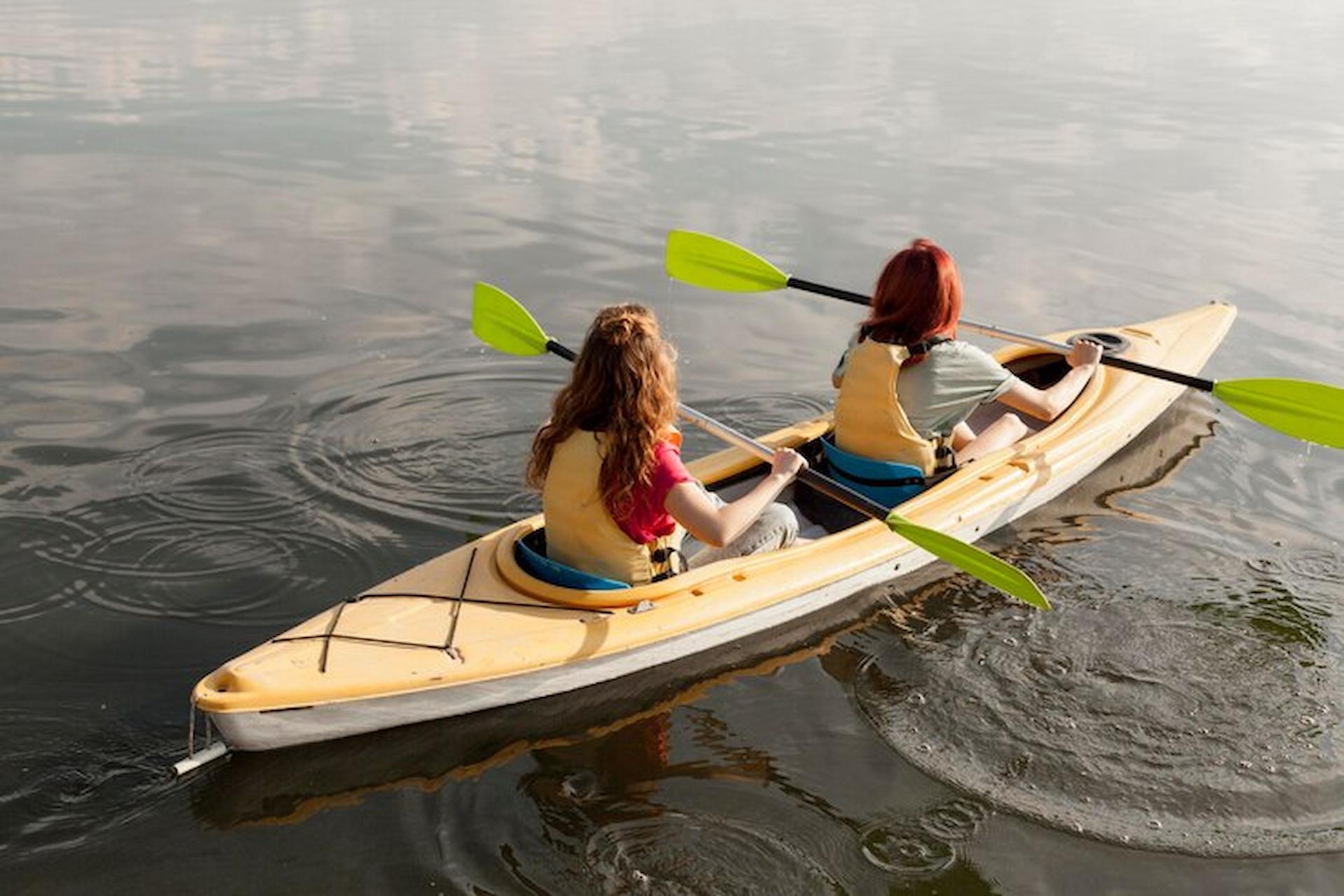Kayaking is not just a thrilling water sport for adults; it’s an excellent outdoor activity for children to develop physical skills, foster a love for nature, and build confidence on the water.
Introducing your little ones to kayaking can be a rewarding experience, creating lasting memories and nurturing a lifelong appreciation for the great outdoors.
In this blog post, we’ll explore some essential tips and guidelines on how to introduce children to kayaking, ensuring a safe and enjoyable experience for both kids and parents. And with a wide range of kayaks for sale, Cambridge Kayaks can help get your little one out on the water in no time.
Choose the Right Gear
Before embarking on your kayaking adventure with kids, it’s crucial to invest in the right gear. Ensure that the kayak is appropriately sized for your child’s age and weight.
Many outdoor recreation companies, such as Cambridge Kayaks, offer child-friendly kayak models designed with safety and stability in mind.
Additionally, outfit your child with a well-fitting personal flotation device (PFD) that meets safety standards. PFDs are essential for providing buoyancy and ensuring that your child stays afloat in the water. Make it a rule that the PFD is worn at all times while on the kayak.
Start with Calm Waters
When introducing children to kayaking, begin in calm and shallow waters.
Choose a serene lake, pond, or slow-moving river with minimal currents. This environment provides a gentle introduction to kayaking and allows children to build confidence without the challenges of navigating strong currents or choppy waters.
Cambridge Kayaks offers a variety of kayaks suitable for calm waters, providing a stable and secure platform for beginners. Sit-on-top kayaks, in particular, are popular for their easy entry and exit, making them ideal for kids who may not be comfortable in traditional sit-inside kayaks.
Emphasise Safety
Safety should be the top priority when introducing children to kayaking. Before hitting the water, go over basic safety rules with your child. Teach them how to wear and adjust their PFD properly, how to hold a paddle, and what to do in case the kayak tips over.
Practice capsizing drills in shallow water, teaching your child how to safely exit the kayak and climb back in. This hands-on experience can build their confidence and ensure they are prepared for unexpected situations.
Cambridge Kayaks also offers safety accessories such as kayak helmets, which can provide additional protection, especially in rocky or turbulent waters. While helmets may not be necessary for all kayaking situations, they can be a valuable addition for certain environments.
Make Learning Fun
The key to a successful introduction to kayaking for children is to make the experience enjoyable. Turn the learning process into a game or adventure.
Create a scavenger hunt along the shoreline, encouraging your child to explore while paddling. Incorporate storytelling about the local wildlife or the history of the area to keep them engaged and excited.
Consider bringing along a waterproof camera to capture the experience. Kids love to see themselves in action, and it provides an opportunity to relive the adventure and share it with family and friends.
Gradual Progression
As your child becomes more comfortable with kayaking, gradually introduce new challenges. Start by paddling for short durations and gradually extend the time on the water. Introduce gentle turns and manoeuvres, allowing your child to develop basic paddling skills.
For older children, consider exploring different types of kayaking experiences, such as kayaking through gentle rapids or along coastal shores. Cambridge Kayaks offers a range of kayaks suitable for various environments, providing opportunities for new and exciting adventures as your child’s skills progress.
Lead by Example
Children often learn by observing and imitating. Set a positive example by demonstrating proper kayaking techniques, safety practices, and respect for the environment. Emphasise the importance of responsible paddling, including cleaning up after themselves and respecting wildlife.
Consider taking a family kayaking trip to make it a shared experience. This not only strengthens family bonds but also provides an opportunity for children to see kayaking as a social and enjoyable activity.

